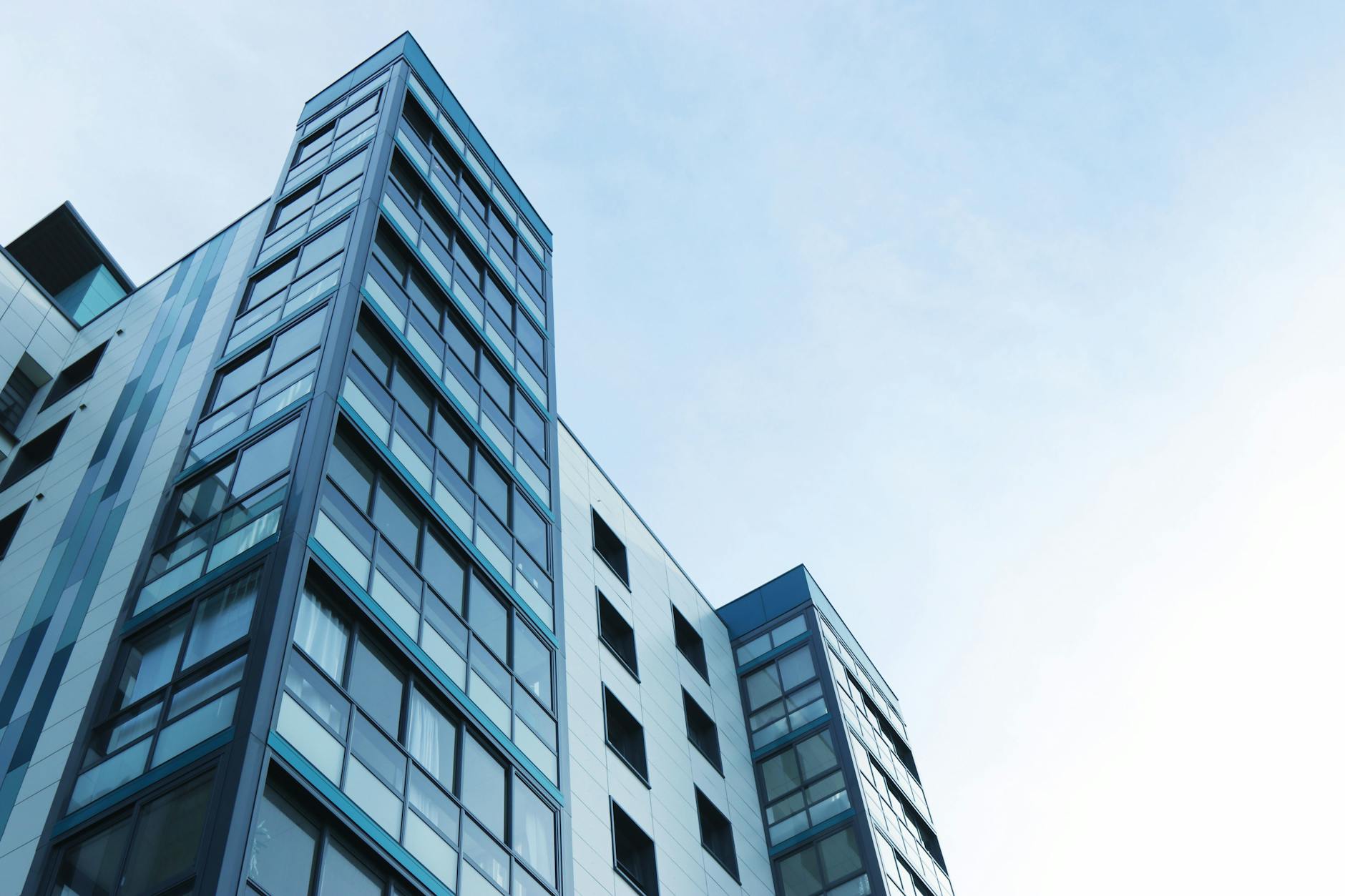Exploring Commercial Real Estate Trends and Opportunities
Exploring commercial real estate trends and opportunities is essential for investors, developers, and businesses looking to navigate a dynamic market shaped by economic shifts, technological innovation, and evolving tenant demands. In recent years, the commercial real estate (CRE) sector has experienced significant transformations, from changes in office space utilization to the growth of industrial and logistics properties fueled by e-commerce. Understanding these trends allows stakeholders to identify promising investment opportunities, mitigate risks, and make informed strategic decisions. This article will examine key market developments, emerging asset classes, the impact of technology and sustainability, and strategies to capitalize on current CRE opportunities.
Shifting demand in office and industrial spaces
The commercial real estate sector has seen a significant divergence in demand patterns, particularly between office and industrial properties. Post-pandemic shifts toward remote and hybrid work models have led to a reevaluation of office space needs, often resulting in downsizing or redesigning existing spaces to prioritize collaboration and flexibility.
Conversely, the industrial sector has experienced robust growth, driven largely by the surge in e-commerce and global supply chain reconfiguration. Warehousing, distribution centers, and last-mile facilities are in high demand as companies seek to improve delivery speed and efficiency.
| Property type | Trend | Opportunity |
|---|---|---|
| Office | Hybrid work drives redesign, reduced footprints | Adaptive reuse and flexible leasing models |
| Industrial | Rising e-commerce demand boosts logistics space | Investment in warehouses near urban centers |
The rise of mixed-use developments
Mixed-use developments are gaining traction as they combine residential, commercial, and retail spaces within walkable communities. Such projects appeal to a broad range of tenants and investors by fostering convenience, social engagement, and lifestyle integration.
This trend aligns with urban densification and consumers’ preference for live-work-play environments, enhancing property values and occupancy rates. Additionally, mixed-use schemes offer risk diversification and multiple revenue streams, which can be particularly attractive in uncertain economic conditions.
Technology and sustainability shaping the future
Technology is transforming how commercial real estate is managed and utilized. Smart building systems optimize energy use, improve tenant comfort, and reduce operational costs. Data analytics and AI-driven tools enable more precise market analysis, property valuation, and tenant targeting.
Sustainability is also a major factor shaping investment and development decisions. Green buildings, energy-efficient construction, and sustainable urban planning not only comply with regulatory standards but also meet growing tenant expectations for environmental responsibility – often translating into higher rent premiums and longer leases.
Strategic approaches to capitalize on emerging opportunities
To benefit from these shifts, investors and developers should adopt multi-faceted strategies:
- Diversification: Balancing portfolios across sectors such as industrial, office, and mixed-use to mitigate risk.
- Focus on location: Prioritizing assets near transit hubs, urban centers, and logistics corridors to maximize demand.
- Flexibility: Designing adaptable spaces that can evolve with changing tenant needs, including co-working and modular concepts.
- Embrace technology and sustainability: Incorporating smart and green building features to improve performance and competitiveness.
By understanding these evolving trends and aligning investments with market demands, CRE participants can enhance growth potential and long-term value.
In conclusion, the commercial real estate market is at a pivotal moment characterized by shifting space utilization, the rise of mixed-use developments, and the integration of technology and sustainability principles. Office spaces are being reimagined to support hybrid work models, while industrial assets, particularly those supporting e-commerce logistics, are thriving. Mixed-use projects offer a versatile, lifestyle-oriented solution that appeals to diverse tenants and investors alike. Meanwhile, technology and green initiatives are increasingly vital for attracting tenants and ensuring compliance with regulatory standards. By adopting strategic approaches that emphasize diversification, prime locations, adaptability, and innovation, investors and developers can successfully navigate these trends and seize lucrative opportunities in the evolving CRE landscape.
Image by: Expect Best
https://www.pexels.com/@expect-best-79873
editor's pick
latest video
news via inbox
Nulla turp dis cursus. Integer liberos euismod pretium faucibua

